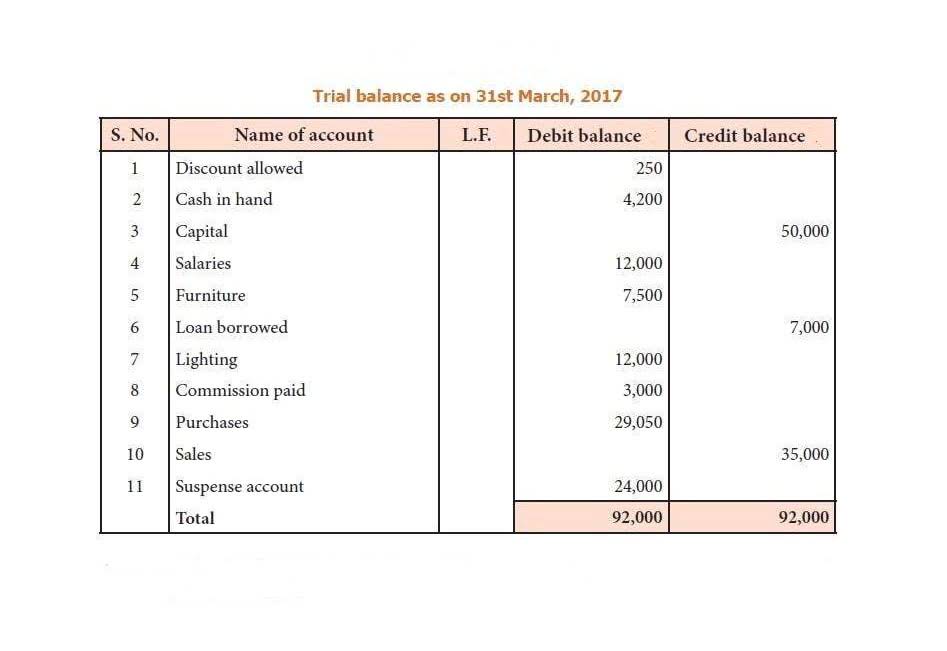Bookkeeping
Understanding an Income Statement Definition and Examples

A quarterly income statement shows the gross profit or loss generated by your business over a three-month period. It can also be referred to as a profit or loss account and is a crucial financial statement that shows the business’s operating income and expenditures, detailing your net income or net profits. Depreciation is an accounting method that allows companies to allocate the cost of tangible https://www.bookstime.com/articles/do-i-need-a-personal-accountant assets, such as machinery, vehicles, and equipment, over their useful life. As these assets are used in the company’s operations, their value reduces over time, reflecting the wear and tear or obsolescence. The depreciation expense is recorded on the income statement, reducing the company’s taxable income and providing a more accurate representation of the business’s financial performance.
Financial Health Indicators

It is essential to understand the difference between operating income and net income to assess how effectively the company is managing its resources and whether it can generate sustainable profitability. An income statement (also called a profit and loss statement, or P&L) summarizes your financial transactions, then shows you how much you earned and how much you spent for a specific reporting period. In this guide we’ll use annual reports as examples, but you can prepare income statements quarterly or monthly as well. Creditors are often more concerned about a company’s future cash flows than its past profitability. However, their research analysts can use an income statement to compare year-on-year and quarter-on-quarter performance. The income statement, often called the profit and loss statement, shows the revenues, costs, and expenses over a period which is typically a fiscal quarter or a fiscal year.

Analyzing Revenue Streams

Meaning, for every dollar that comes into your company, you keep $0.11 as retained earnings. Your interest expense is what you spend to pay off your small business loans or lines of credit. In some cases, if your company has investments in stocks, the interest or dividends you receive is reported here as income. Some of those line items can be grouped together into categories, which accounts are found on an income statement while others stand alone as categories of their own. Here’s an income statement we’ve created for a hypothetical small business—Coffee Roaster Enterprises Inc., a small hobbyist coffee roastery. It helps managers and business owners point out which company expenses are growing at an unexpected rate and which of these expenses need to be cut down in the future.
Main Purposes of Financial Statements (Explained)
This makes it easier to calculate a price to earnings ratio (or p/e ratio) for a given company. Finance Costs increasing mean that the entity’s debts are increasing, and these kinds of expenses will not make the shareholders happy. The high finance costs might mean the entity’s financial strategy favorite on debts rather than equity. Alternatively, the computation of income statement and other comprehensive income can all be presented in only one report.
- You can compare your operating profit margin and your gross profit margin to see how much of your revenue goes towards general expenses.
- These statements are the balance sheet, income statement, and statement of cash flows.
- After taking into account all non-operating items, the bottom line of the company showed $7,000 as net profit.
- Together with the Balance Sheet and Cash Flow Statement, it is included in every company’s Annual Report – the publicly available, comprehensive overview of a business’ health and financial standing.
- An income statement is one of the most important financial statements for a company.
- There is no difference between an income statement and a profit and loss report.
Companies produce three major financial statements that reflect their business activities and profitability for each accounting period. These statements are the balance sheet, income statement, and statement of cash flows. The cash flow statement shows how well a company manages cash to fund operations and any expansion efforts.
- Operating expenses are the expenses the company incurs through its normal day-to-day operations.
- However, investors and analysts scrutinize the balance sheet just as closely, as both the balance sheet and income statement together provide a fuller picture of a company’s current health and future prospects.
- With 7.433 billion outstanding shares for Microsoft, its basic EPS came to $11.86 per share ($88.1 billion ÷ 7.433 billion).
- This takes into account all your expenses—COGS, general expenses, interest payments, and income tax.
- This number is arrived at by deducting the cost of revenue ($74 .1 billion) from the total revenue ($245.1 billion)—in other words, revenue minus the amount that it cost to make that $245.1 billion.
- Net income or net profit, on the other hand, is the bottom line of the income statement that considers all revenues and expenses, including financial, operating, and tax expenses.
Additionally, comparing net income figures over multiple periods can provide insights into the company’s financial health and the effectiveness of its strategies. When analyzing an income statement, it’s essential to understand the income before taxes. This figure represents the company’s earnings after expenses, such as production costs and operating expenses, are deducted but before tax expenses are applied. In other words, it is the net income before considering tax obligations. Net income or net profit, on the other hand, is the bottom line of the income statement that considers all revenues and expenses, including financial, operating, and tax expenses.
We’ve broken down the steps for preparing an income statement, as well as some helpful tips. J.C. Penney is a great example of the importance of looking at the complete financial picture. Although $12.5 billion in revenue appears impressive, debt servicing costs meant the company took a loss for the year. It’s worth noting that examining the financials of any company works best when comparing over multiple periods and against other companies within the same industry. The cost of goods sold line, or cost of sales, represents the total costs of manufacturing the products sold by the company. Operating expenses are the expense element that can be classified into selling expenses and administration expenses.
